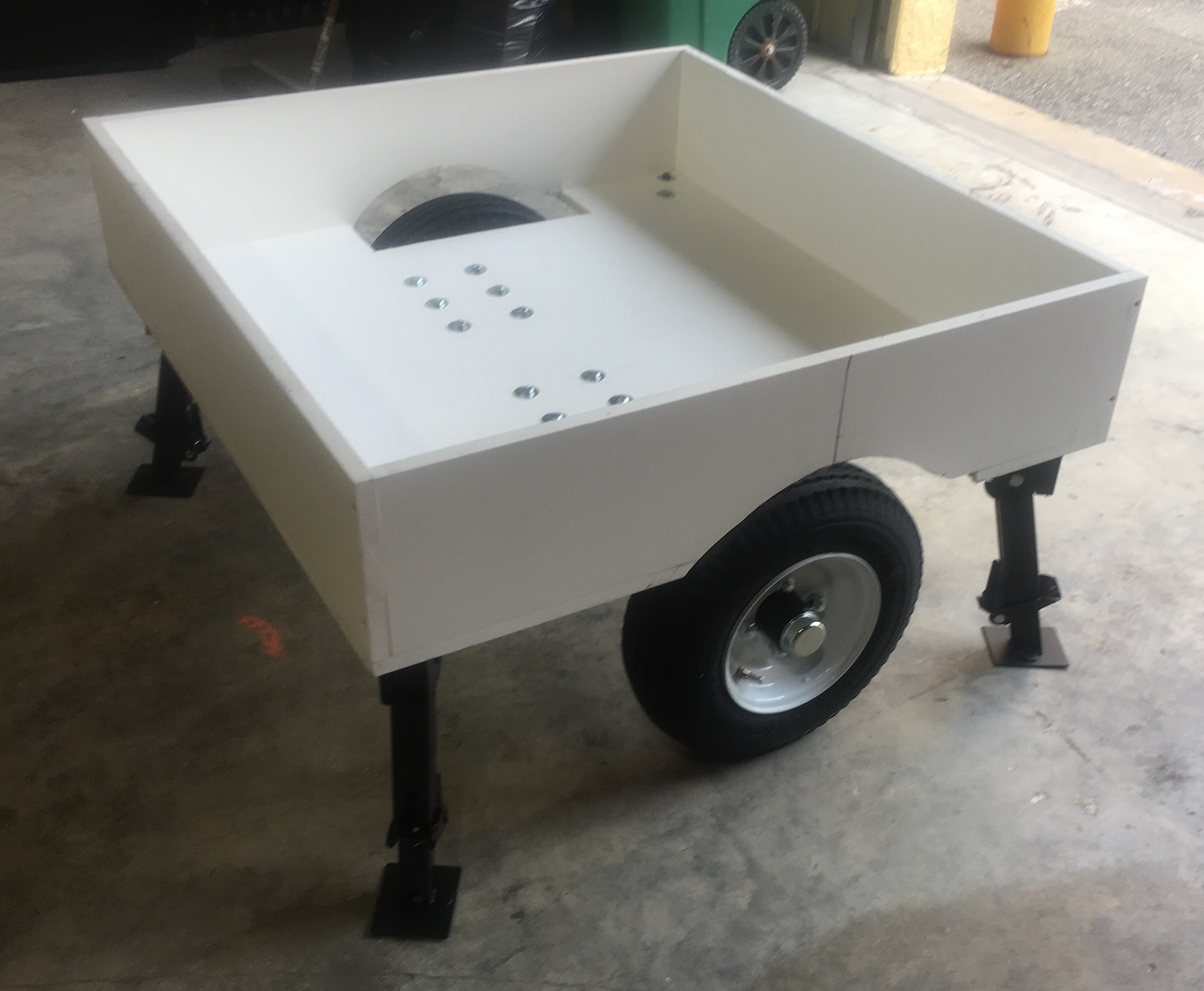0.2 Designing a DIY motorcycle camper

So the first thing I learned about designing and prototyping a DIY motorcycle camper (I already knew this instinctively, but hadn’t experienced it firsthand), the first thing I learned is that you follow a lot of paths that lead to a lot of dead ends. Some quickly. Others, you follow for a long time, enduring many twists and turns and bumps, nearly reaching the end, only to discover that, ahead, there be dragons.
This longer path was the one I followed with the first tent camper prototype.

Sure, I’d built plenty of stuff over the years. I was probably the only kid in grade school with a table jig saw or who knew the purpose of a countersink bit. My coup-de-grace to this point was a motorcycle I’d strip of engine and transmission, stuffed with 10 Kw of lithium batteries and a high-RPM golf cart motor which resulted in a kick ass electric motorcycle. I learned a ton with that project, learning how to calculate battery pack size, how to weld, and more. So I didn’t lack for confidence as I started drawing up plans and materials. This would involve learning a whole new set of skills but still, a motorcycle camper should be an easy couple month project, right?
Diving into this project, the second thing I quickly learned was that, despite their seeming simplicity, folding tent trailers are not that simple. At least, the good ones. Yes, building a flat trailer platform, throwing a tent on it is, and towing it with a bike technically makes it a motorcycle camper. And if that’s your roll, good on ya mate. But as I wrote in the previous post, I wanted something a little more refined, something approaching the campers made by professional builders that I sold. Something with a certain je ne sais quoi.
My biggest stumbling block in the initial design was the placement and operation of the hinges. This was an unexpected surprise. Mechanically simple, humble devices hinges are. But when you’re trying to design something that can transform from a feasible towable vehicle into a usable tent that can accommodate the human form, that’s a different matter. I spent a lot of time futzing with different hinge types, configurations, sizes, lengths and placements before I found something that might work. (Who knew there were so many types of hinges?)
Where to place the axle stubs, wheel well depth, tongue length, fastener type, size and length were all things I hadn’t thought about until I got to a certain step in the process and thought “Oh yeah. Where does that go? How does that work?”
It wasn’t until I got the box constructed that I started to think about the hardest part of the project–the tent. I mean, it’s not that I hadn’t thought about it at all, I had. But now I had to start giving serious consideration to how I was going to make tent bows, where I would source tent materials and how I was going to turn those materials into a decent, waterproof, bugproof enclosure.
Questions?
For more information about this camper you can contact me through this page.
My business is selling motorcycle campers and trailers and the gear you need to tow them with a motorcycle or trike. I run two sites: Open Road Outfitters and US Hitch.